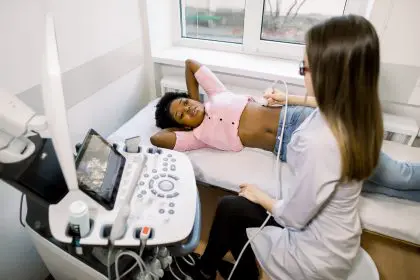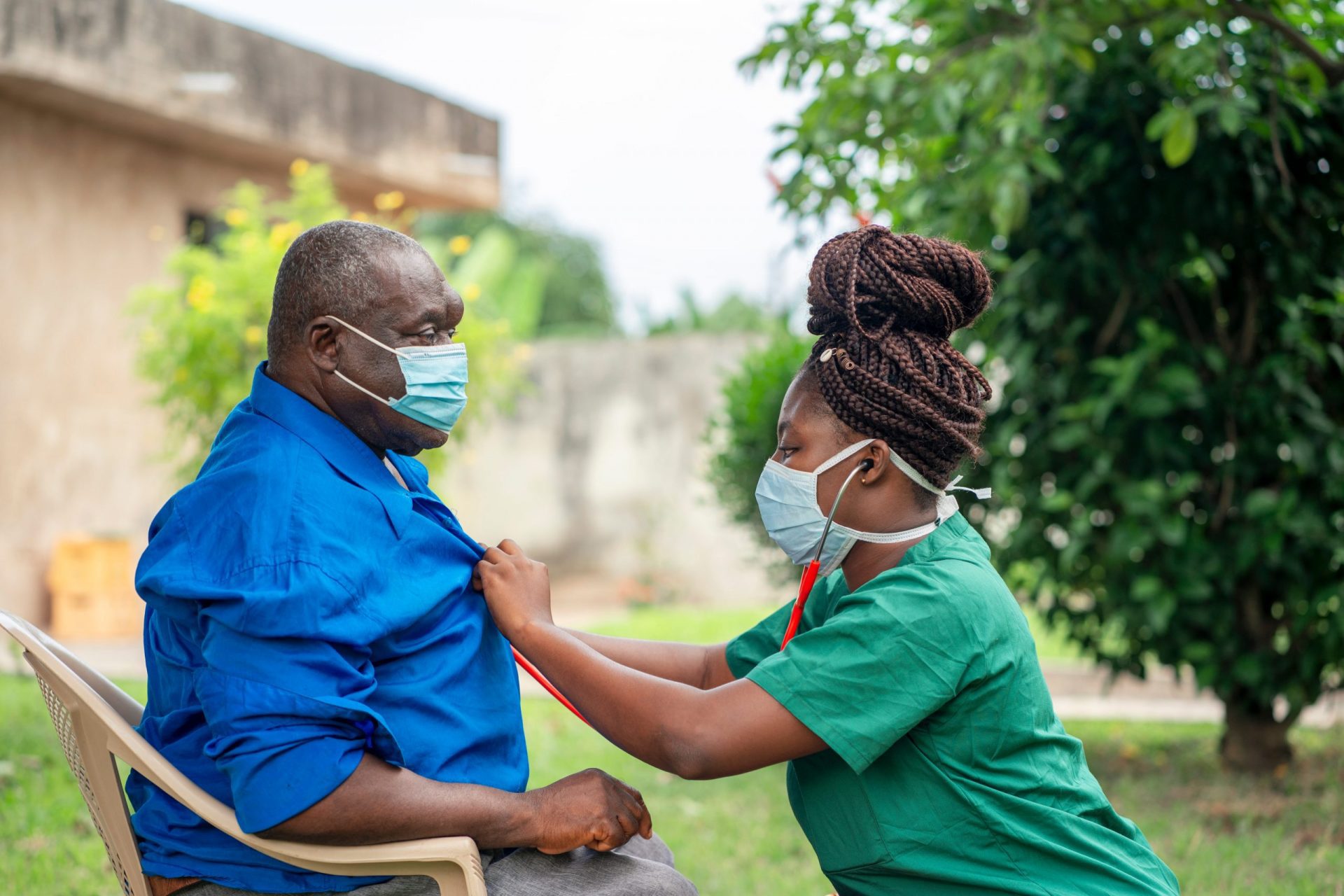The prostate gland, nestled beneath the bladder and in front of the rectum, plays a vital role in male reproductive health by producing fluid for semen. While prostate cancer often develops slowly, recognizing its early signs can make the difference between successful treatment and challenging health battles.
The urinary signals your body sends
- Nighttime bathroom trips become more frequent than usual. The enlarged prostate pressing against the urethra often leads to increased nighttime urination. Many men dismiss this as normal aging, but frequent disruption of sleep for bathroom visits deserves medical attention.
- Starting and stopping become a struggle. When the prostate enlarges, it can block the urethra, making it difficult to begin urinating or maintain a steady flow. Men might also experience the nagging sensation that their bladder hasn’t completely emptied.
- The stream isn’t what it used to be. A weakening urine stream or one that stops and starts indicates possible prostate changes. This symptom might seem minor but could signal serious underlying issues requiring medical evaluation.
Beyond the bathroom: Other vital signs
- Blood appears where it shouldn’t. Finding blood in urine or semen can be alarming. While this symptom might stem from various causes, its presence demands immediate medical attention to determine the underlying reason.
- Your pelvic area feels off. Persistent discomfort or pain in the pelvic region, potentially spreading to the back, hips, or thighs, might indicate cancer spread. This type of pain typically doesn’t resolve with standard pain relief methods.
Intimate changes that matter
- Pain becomes your unwanted companion. When urination or ejaculation consistently causes discomfort, your prostate needs attention. This pain might feel like burning or sharp discomfort, signaling potential prostate issues requiring evaluation.
- Your sexual function changes. Erectile dysfunction or sudden changes in sexual performance might indicate prostate problems. While aging can affect sexual function, unexpected changes deserve medical investigation.
Taking action
Making sense of these symptoms requires understanding their context. While one sign alone might not indicate cancer, the presence of multiple symptoms warrants prompt medical attention. Prostate cancer ranks as the second leading cause of cancer death in men, yet early detection significantly improves treatment outcomes.
The screening schedule that saves lives
Regular prostate health screenings become crucial after age 50, or earlier for men with family history. The prostate-specific antigen (PSA) test and digital rectal exam (DRE) form the foundation of early detection. These screenings can catch problems before symptoms even appear.
Supporting someone through the journey
When a man faces prostate cancer concerns, support from family and friends becomes invaluable. Creating an environment where men feel comfortable discussing their symptoms helps overcome the reluctance many feel about seeking medical help.
Why waiting isn’t worth the risk
Prostate cancer‘s subtle nature makes symptom awareness crucial. Each sign serves as a potential warning that requires attention. While some symptoms might have benign causes, distinguishing between harmless changes and serious problems requires medical expertise.
The future of prostate cancer care
Medical research continues advancing our understanding of prostate cancer. New treatments, improved diagnostic tools, and better prevention strategies emerge regularly, offering hope for better outcomes.
Breaking down the diagnostic process
Modern medicine offers several ways to diagnose prostate cancer accurately. Beyond the PSA test and DRE, doctors might recommend additional diagnostic tools. MRI scans provide detailed images of the prostate, while prostate biopsies examine tissue samples for cancer cells. Advanced imaging studies become necessary if doctors suspect cancer spread beyond the prostate.
Treatment options: Making informed decisions
The treatment landscape for prostate cancer continues to evolve, offering more options than ever before. Active surveillance works well for slow-growing cancers that pose minimal risk, involving regular monitoring without immediate aggressive treatment. Surgery remains a primary treatment option, especially for cancer contained within the prostate, with robotic-assisted procedures offering precision and potentially faster recovery times. Radiation therapy targets cancer cells while preserving healthy tissue, with external beam radiation and brachytherapy providing different approaches based on individual cases.
Living with prostate cancer: Daily management strategies
Managing prostate cancer extends beyond medical treatments. Diet becomes increasingly important during this journey, with research suggesting that plant-based foods, particularly those rich in antioxidants, might help manage cancer progression. Exercise maintains strength and energy levels throughout treatment, and even moderate activity like walking can make a significant difference in recovery and overall well-being.
Your prostate health checklist
Taking control of your prostate health involves several key actions. Regular check-ups with your healthcare provider become essential, especially after age 50. Monitoring changes in urinary or sexual function helps catch potential issues early. Maintaining open communication with your doctor about new symptoms ensures proper medical attention. Keeping a symptom diary helps track changes over time, while knowing your family history of prostate cancer aids in risk assessment. Adopting healthy lifestyle habits supports overall prostate health and general wellbeing.













